Diverse Event Formats
The K-Pop Event Market is evolving with the introduction of diverse event formats that cater to various audience preferences. From large-scale concerts to intimate fan meetings, the range of event types is expanding. In 2025, hybrid events that combine in-person and virtual experiences are likely to become more prevalent, allowing fans from different regions to participate. This diversification not only broadens the audience base but also enhances the overall appeal of K-Pop events. The ability to offer multiple formats suggests that the K-Pop Event Market is adapting to the changing landscape of entertainment consumption. As a result, event organizers are likely to explore innovative ways to engage fans, ensuring that the industry remains dynamic and responsive to consumer demands.
Rising Popularity of K-Pop
The K-Pop Event Market is experiencing a notable surge in popularity, particularly among younger demographics. This trend is evidenced by the increasing number of fans attending concerts and events, with attendance figures reaching millions for major acts. In 2025, the industry is projected to generate substantial revenue, driven by the growing global fanbase. The rise of social media platforms has further amplified this phenomenon, allowing fans to engage with their favorite artists and share experiences. As a result, the K-Pop Event Market is likely to see continued growth, with more events being organized to cater to the expanding audience. This increasing demand for live performances suggests that the industry will remain vibrant and dynamic in the coming years.
Increased Investment from Brands
The K-Pop Event Market is witnessing a surge in investment from various brands seeking to capitalize on the popularity of K-Pop. Companies are increasingly sponsoring events and collaborating with artists to enhance their brand visibility. In 2025, it is estimated that brand partnerships will contribute significantly to the overall revenue of the K-Pop Event Market. This trend not only provides financial support for events but also creates unique marketing opportunities for brands to engage with a dedicated fanbase. The strategic alignment between K-Pop artists and brands appears to be mutually beneficial, fostering a symbiotic relationship that enhances the overall event experience. As brands continue to invest in this vibrant market, the potential for growth and innovation remains substantial.
Cultural Exchange and Global Reach
The K-Pop Event Market serves as a platform for cultural exchange, fostering connections between fans from different backgrounds. The genre's global reach has led to an increase in international events, where artists perform in various countries, promoting cultural understanding. In 2025, the industry is expected to facilitate more cross-border collaborations, further enhancing its appeal. This cultural exchange not only enriches the fan experience but also contributes to the overall growth of the K-Pop Event Market. As artists gain recognition worldwide, the potential for international tours and events appears promising. This trend indicates that the K-Pop Event Market is not only a source of entertainment but also a catalyst for cultural dialogue and appreciation.
Technological Advancements in Event Production
Technological innovations are transforming the K-Pop Event Market, enhancing the overall experience for attendees. Advanced sound and lighting systems, along with immersive visual effects, are becoming standard in K-Pop concerts. The integration of augmented reality and virtual reality technologies is also gaining traction, providing fans with unique experiences that were previously unattainable. In 2025, it is anticipated that these advancements will not only improve the quality of events but also attract a wider audience. The ability to stream live performances online has opened new revenue streams, allowing fans who cannot attend in person to participate virtually. This technological evolution indicates a promising future for the K-Pop Event Market, as it adapts to the changing preferences of consumers.


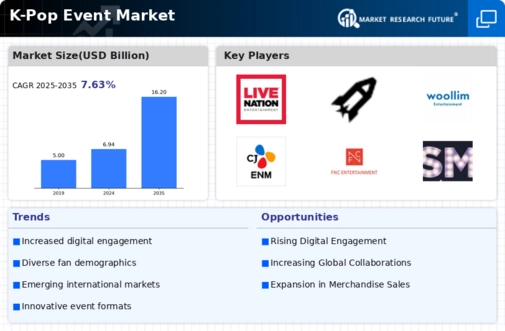
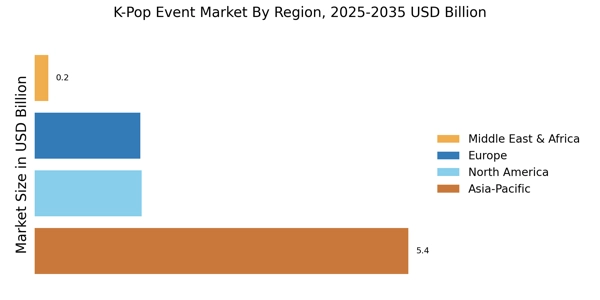
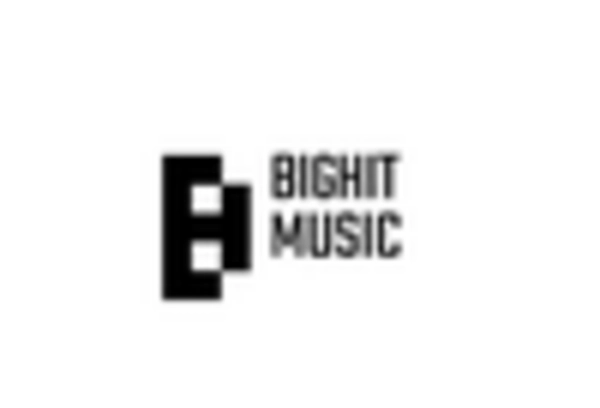
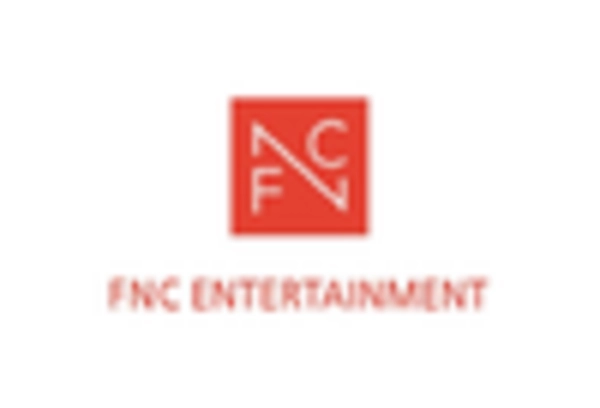

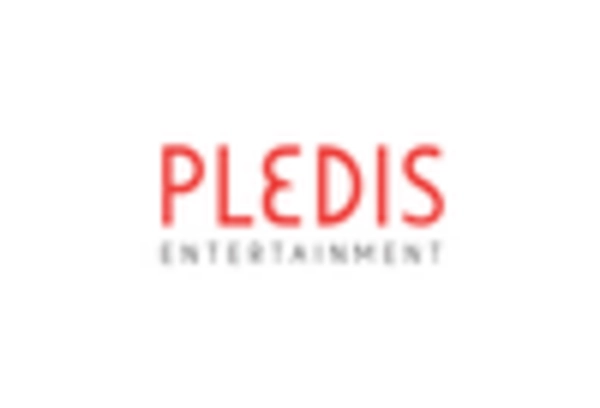










Leave a Comment